Last Updated on August 5, 2021

THE UNPOPULAR OPINION is an ongoing column featuring different takes on films that either the writer HATED, but that the majority of film fans LOVED, or that the writer LOVED, but that most others LOATHED. We’re hoping this column will promote constructive and geek fueled discussion. Enjoy!
I love monsters. I love love love them. They take on and run rampant with everything that we don’t wish to admit is a part of ourselves, and in doing so their story becomes a safe way in which we can confront those qualities that we secretly fear, love, abhor, or relish in. The very best monsters drip with tragedy (and often blood too), their outcast state illuminating the true monstrosity of the “normal” people around them, and in the process go through a complicated journey and character arc on their path to an inevitable fate of destruction. THE WOLFMAN, an attempted reboot by Universal of its own “Wolf Man” property, released in February of 2010 after a great deal of behind-the-scenes hullabaloo and utterly failed in this regard according to a great many folks. But for me? While THE WOLFMAN is perhaps not the movie I wanted and looked forward to for so many moons, I think THE WOLFMAN was still both a blast to watch and a damn solid movie to boot.

“I am what they say I am… I’m a monster.”
As I mentioned above, there was a great deal of scuffling going on in the months and weeks leading up to the production’s start date, with long-attached director Mark Romanek (NEVER LET ME GO) leaving a mere three weeks before production began. After preparing for ten months Romanek eventually decided that he and the producers couldn’t agree as to the tone of and meaning behind Lawrence Talbot’s story, and so he moved on to other things and the studio scrambled to find a replacement. Their search eventually yielded Joe Johnston (CAPTAIN AMERICA), who I do believe did a hell of a lot of good work with so little time to prepare. Which brings us to the first fact as to why I enjoy this movie as greatly as I do:
I’m impressed by what Johnston managed to bring together with so little time to be adequately involved, and specifically in reference to how beautiful so much of the movie is. Yes, it suffers from a muted color palette that dulls the opening act’s visual storytelling, but I’ll be damned if Johnston doesn’t then make up for it with beautiful and striking imagery/shots (both in terms of literally how they look and their greater thematic resonance). Just a few examples include 1) the meat hook that hangs open over Ben’s body in the beginning (foreshadowing his father’s madness and cruelty), 2) how after the man in the pub tells of the Werewolf attack 25 years before we cut to a shot of rich stormy clouds moving swiftly towards Talbot Hall, 3) the men surrounding Lawrence after he has been bitten, with the moonlight shining through the standing stones, and 4) the really great visceral touch during Lawrence’s transformation of showing us his reflection in the water as he roars and blood drips out of his mouth and into the water.
What makes movies different from so many other storytelling mediums is the power their visual side bears, and I’d say that the power of its visuals are the first way in which THE WOLFMAN succeeds.

“There’s no sin in killing a beast.”
“Is there not? What of killing a man? Where does one begin and the other end?”
Then there’s the fact that so many sequences are both well done and, in my experience, true to life. It is this reality amidst a gory monster movie that I actually find increases my enjoyment of the story and makes me elevate THE WOLFMAN above a great many of recent monster movies.
For example, the way the events go as Lawrence is remembering how he discovered his mother’s suicide/body – the roaring of the animals, the blossoming of the blood on the ground, the ghost version of himself walking ahead and then rejoining with his real body? These are all things that are very illustrative of the way our mind works when it combines memory and fantasy. We expand and enhance the truth to meet what we wish to believe happened. Similarly, the segment where the film shows Lawrence’s treatment in the asylum is extraordinarily harrowing, both in filmic terms and in the terms of what that kind of abuse does to the body/mind. There’s also the attack on the gypsy camp after Hopkins has given the wolf free reign and the madness/suffering/confusion such callous cruelty brings, and Lawrence’s rampage across London, and the very effective and visceral nature of the wolf transformations themselves (there’s a reason Rick Baker and Dave Elsey won an Oscar). Great sequence after great sequence, albeit lacking a certain thematically connective tissue (more on this later).
Interestingly, THE WOLFMAN elects to have not one but three antagonists for Lawrence – himself, his father, and Detective Aberline. I’d say that while I don’t think this is too much stuffed in at once, Lawrence’s conflict with himself is arguably the most important and yet the weakest in the film. The presence of Hopkins’ character gives Lawrence (the man) a very nice physical and emotional presence to work against, as it is his evil and abandon which has brought so much suffering to the Talbot line (not to mention his complete failure at being a father – even as his son nearly dies, all he can do is criticize Lawrence), while Aberline’s constantly calculating gives Lawrence (the wolf) a good foe as well.

“Never look back, Lawrence. Never look back. The past is a wilderness of horrors.”
Admittedly, while many individual shots may be striking and beautiful, the camera work is not particularly exciting with the framing of things being especially lackluster. And perhaps it is foolish of me to look for logic in a movie about a werewolf, but I’d argue that if you’re going to have a monster there need to be rules that dictate how that monster acts so that the world of the story around it can be solid, relatable, and real. This monster, if you can’t tell what I’m going to say already, doesn’t seem to have many rules. Sometimes it’s sentient, sometimes it kills with abandon, sometimes it does both – I don’t believe that saying “that’s just the nature of a beast” is nearly enough of an excuse.
Though I do believe this takes us into the movie’s biggest problem, namely the script by Andrew Kevin Walker (SE7EN, SLEEPY HOLLOW) as it was revised by David Self (ROAD TO PERDITION). In fact, I think it’s the movie’s only real problem, though that of course makes it a big one. The script is weak, as weak as a newborn baby lying in the path of a hungry werewolf. Many characters lack dimensionality, themes are revealed and then discarded, lazy and uninspired narrative tricks are used, and it can’t decide just what sort of story it even wants to really be. Like several of the past movies in this column, THE WOLFMAN suffers from a lack of cohesion between producer input, what the text actually says, and the director’s own intention. The actors, Benicio del Toro and Emily Blunt especially, do what they can with the material, and everyone involved uniformly turns in what I would say are the best performances possible with such a weak script and confused vision for the story.
But then there’s Anthony Hopkins’ performance, which I did find rather lifeless even for a character meant to be distant. That being said, there is one exception, and that is when he says “terrible things, Lawrence. You’ve done terrible things.” He delivers that line as those he’s tasting the most delicious dish imaginable. You can tell at that moment that he is no different from the wolf anymore, even in human form.

“Terrible things, Lawrence. You’ve done terrible things.”
If there are criticisms of melodrama to this piece, as I have heard every so often, I’d like to point out that Shakespeare and the Bible are both mentioned explicitly and often. Therefore I think it’s safe to say that the themes, characters, and interactions in THE WOLFMAN are painted with broader strokes than most stories. Which, again, while this version of the movie wasn’t quite what I originally wanted, I now find to be completely fine. A modern monster movie that is good fun to watch while still having a fair amount of meat on its bones? I’d say that’s a rather lucky thing to have indeed.
And finally, deserving of his own small paragraph due to the high level of investment and wonder he brings to the table: Hugo Weaving as Detective Aberline. “Rules, Mrs. Kirk. They’re all that keep us from a dog-eat-dog world, you know. Pint of bitter please.” Such. A good. Line.
Ultimately, I’d say that if the movie suffers from any problem that problem is safety and a certain lack of faith on the part of the producers. Everything it does is great and solid and filled with sparks of life – the tragedy of Lawrence’s position, the monstrous people around him, the debate within of how to cope with the beastly burden he bears, the werewolf’s intense violence, the Victorian Gothic atmosphere – it is all already entertaining and gruesome and laden with exciting possibility. All that it needed was a bit more.
Well, that and a sequel with Hugo Weaving as the new Wolf Man.


*Note: I also watched the Extended Cut, which adds 17 minutes to the first act of the film. While some things don’t jive with the subsequent re-edits necessary to make the version seen in theaters, there is both a gradual build and several instances of very charged character interaction that do indeed make the film better. This is what happens when you don’t have the patience to let the anticipation for a monster build and be based on an investment in the characters, producers!


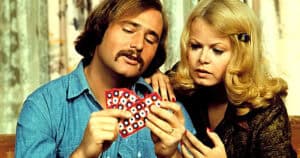
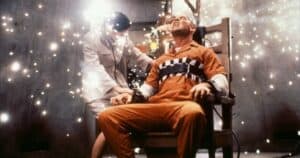
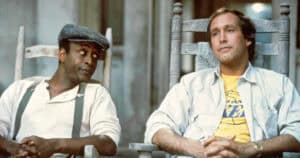



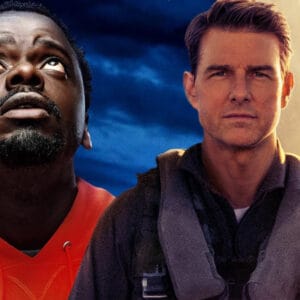

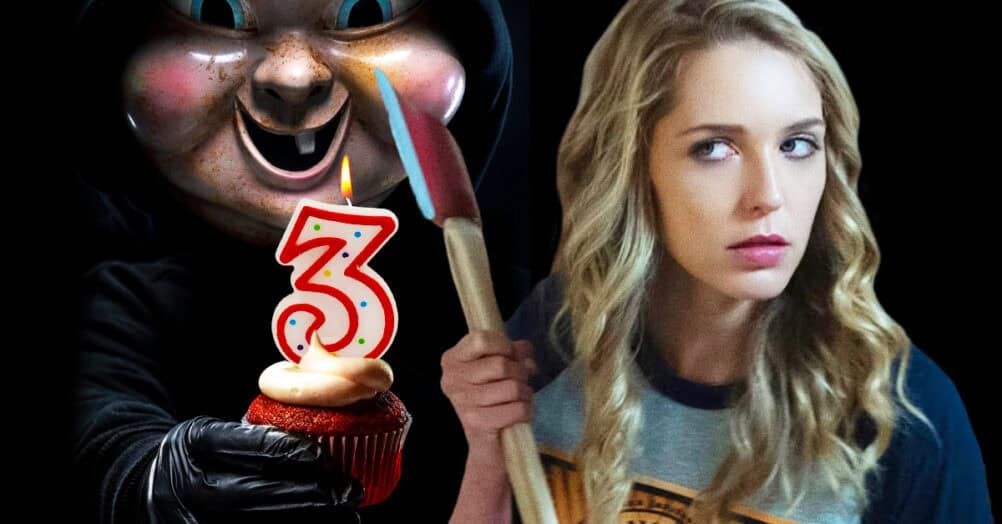
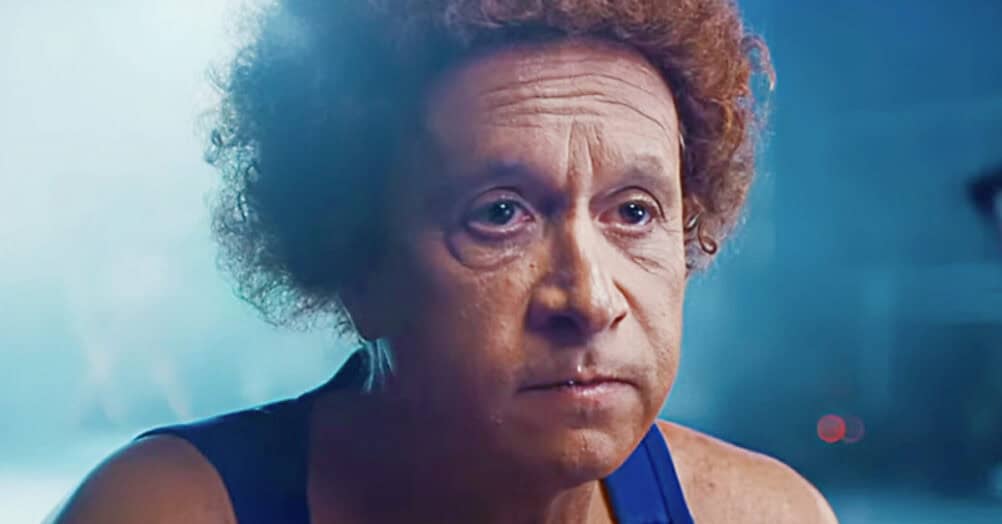
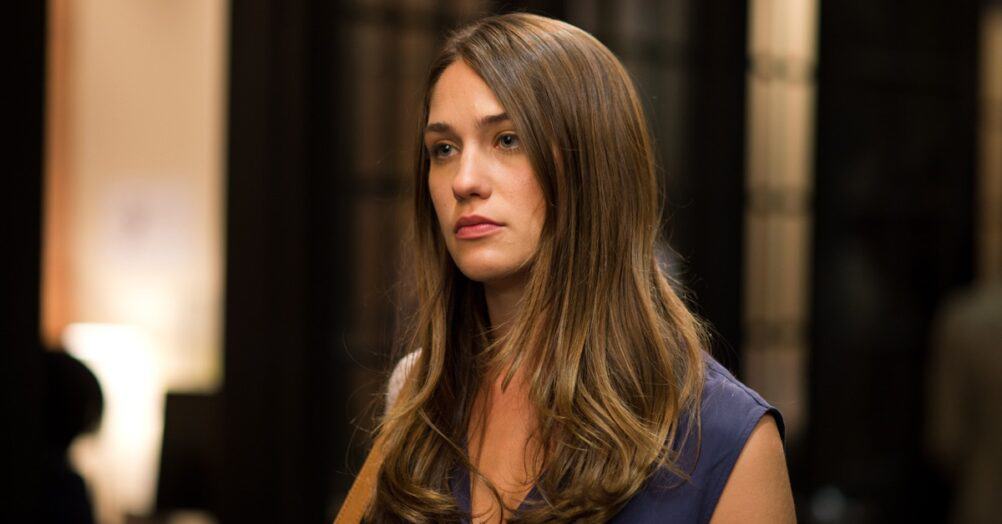
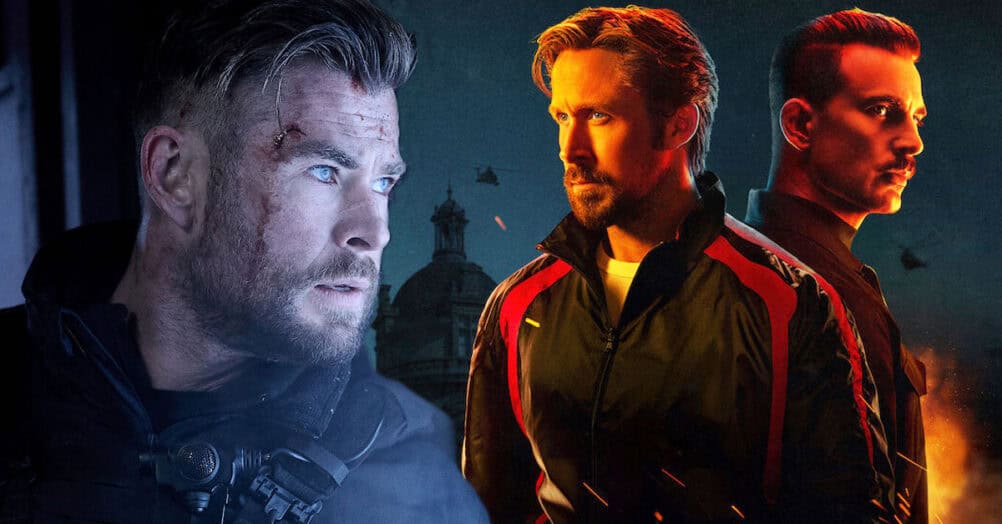
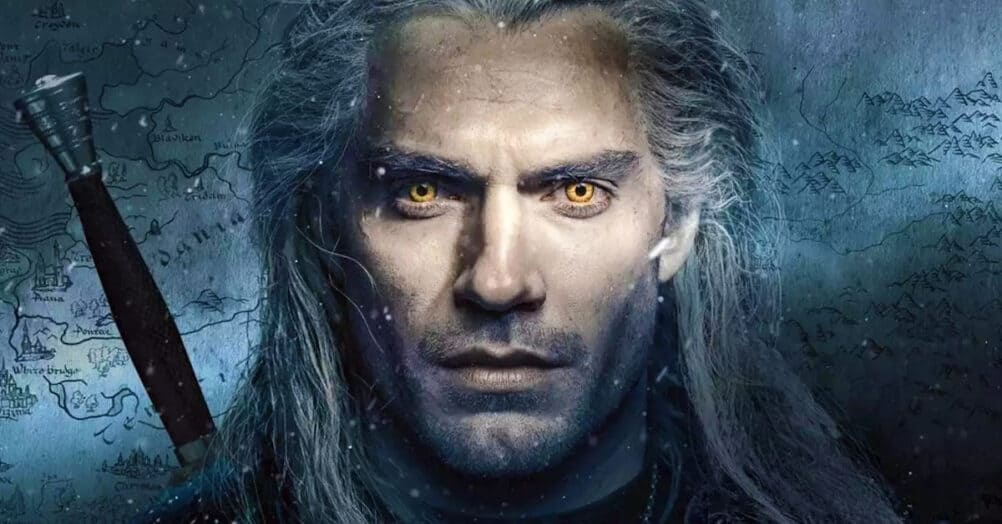
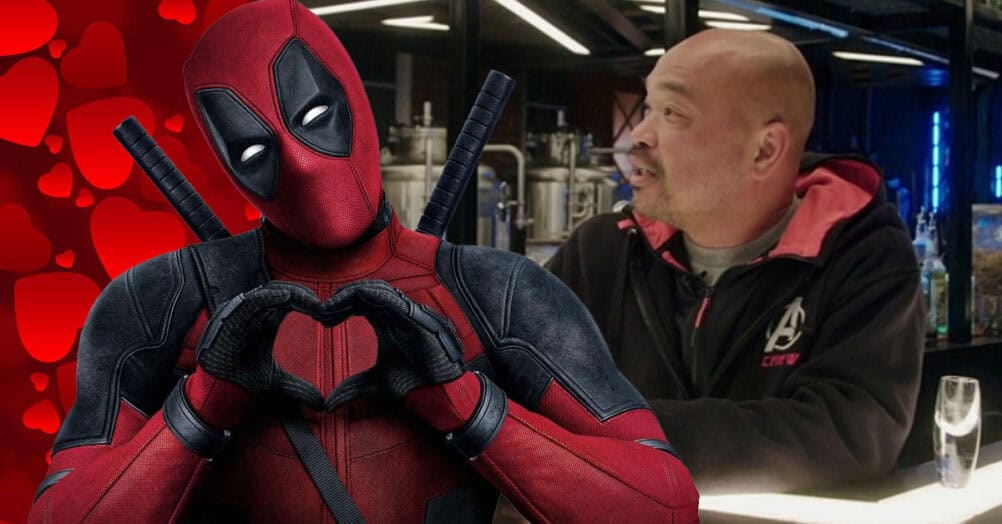
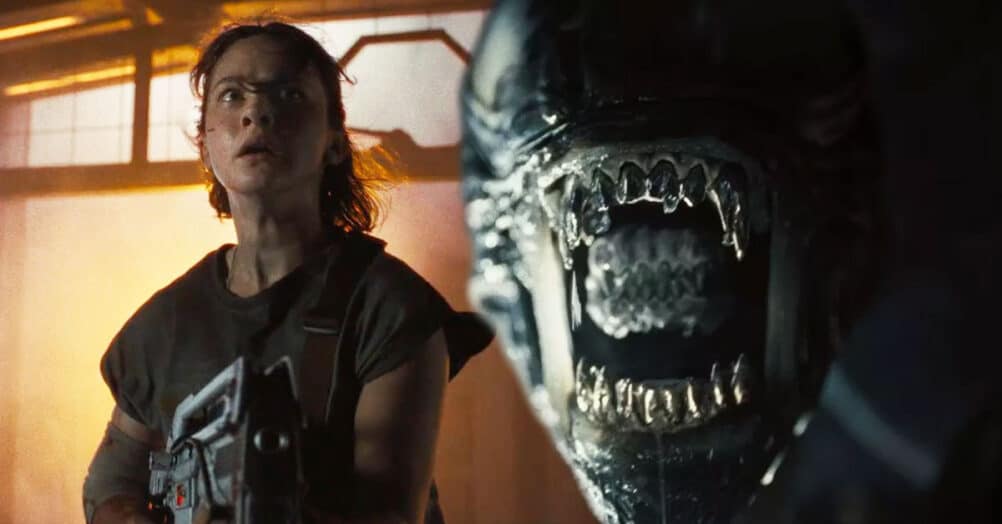
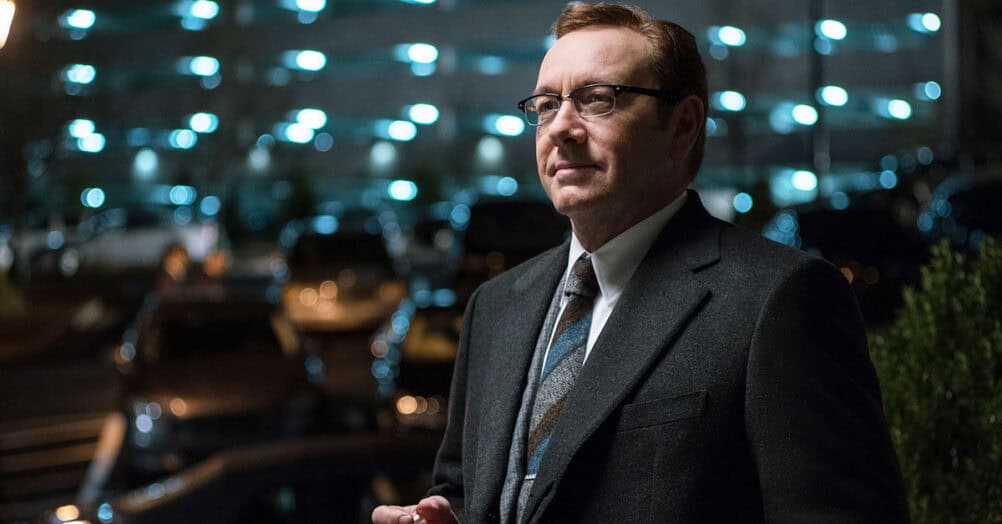


Follow the JOBLO MOVIE NETWORK
Follow us on YOUTUBE
Follow ARROW IN THE HEAD
Follow AITH on YOUTUBE